I Wrote an Historical Novel About the JFK Assassination. I Was Shocked By What I Found.
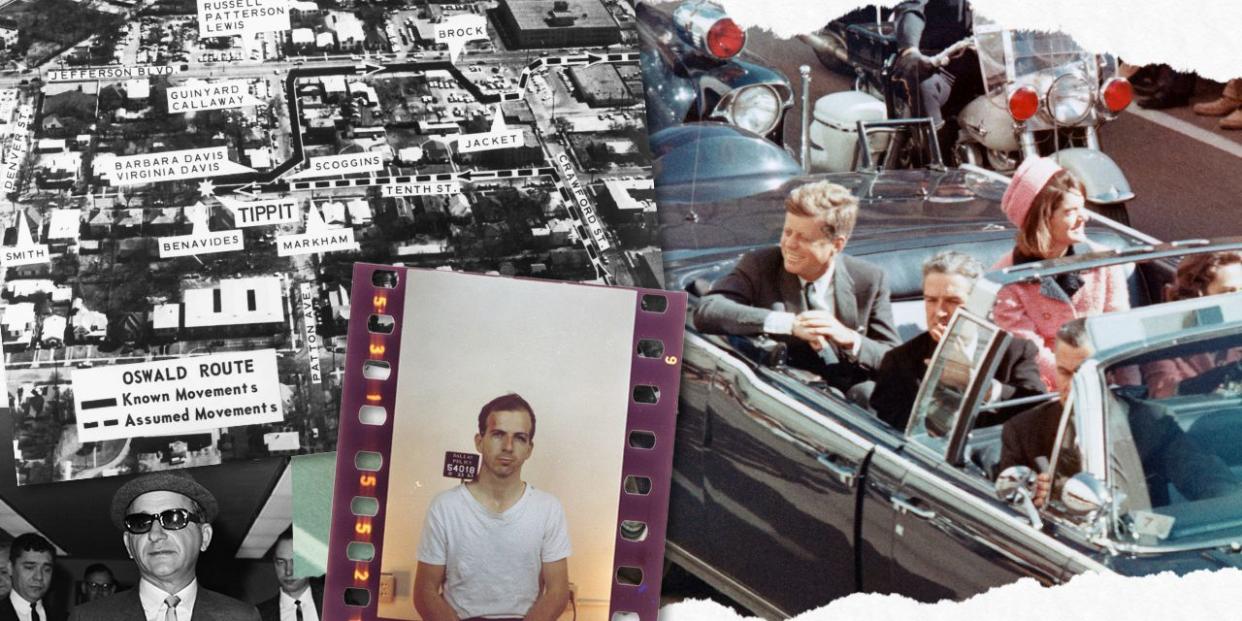
Thursday marks 55 years since the sunny autumn day in Dallas when a bullet killed the president of the United States and changed, in ways large and small, American history. On a more personal note, the date is pertinent to my own existence: my mother always maintained that I was conceived on November 22, 1963, not long after John F. Kennedy was assassinated.
Is it true? I'm not sure. The math is a stretch, but not impossible. And my two sisters are much older than me, which suggests that something unexpected might have led to my unexpected arrival. On the other hand, my mother liked a good story and knew how to tell one. I'm a writer because of her, and because of her I've always been fascinated by the Kennedy assassination. My latest novel, November Road, a thriller and love story set 1963, really just finishes the tale she started telling before I was ever born.
I was nervous about setting a novel in November of 1963. As you might be aware, there have already been a few books written about John F. Kennedy, Lee Harvey Oswald, and Jack Ruby (thousands of them, literally). So I decided to steer clear of the main players and focus instead on the edges of the assassination, on characters whose lives are changed, and threatened, by the death of the president.
The Warren Commission Report, the government's official explanation for what happened to President Kennedy, concluded that neither Oswald, a 24-year-old ex-Marine "loner" who worked at the Book Depository, nor Ruby, the night-club owner who shot and killed Oswald as he was being transferred to the Dallas county jail, "was part of any conspiracy, domestic or foreign." A vast number of conspiracy theorists-or CTs, as they're called in the assassination community, to distinguish them from the LNs, or lone nutters-have argued the opposite, including that the KGB, the mob, and the CIA each, or in concert, killed the president. (One theory says the conspirators used a poisoned dart shot from an umbrella.)
But I made as surprising discovery as I dug deeper into the subject for my book: As far-fetched as some of the assassination theories might seem, the facts themselves are almost as incredible. Here are some of the more astounding facts-not theories-I discovered about President Kennedy, mid-century America, and more.
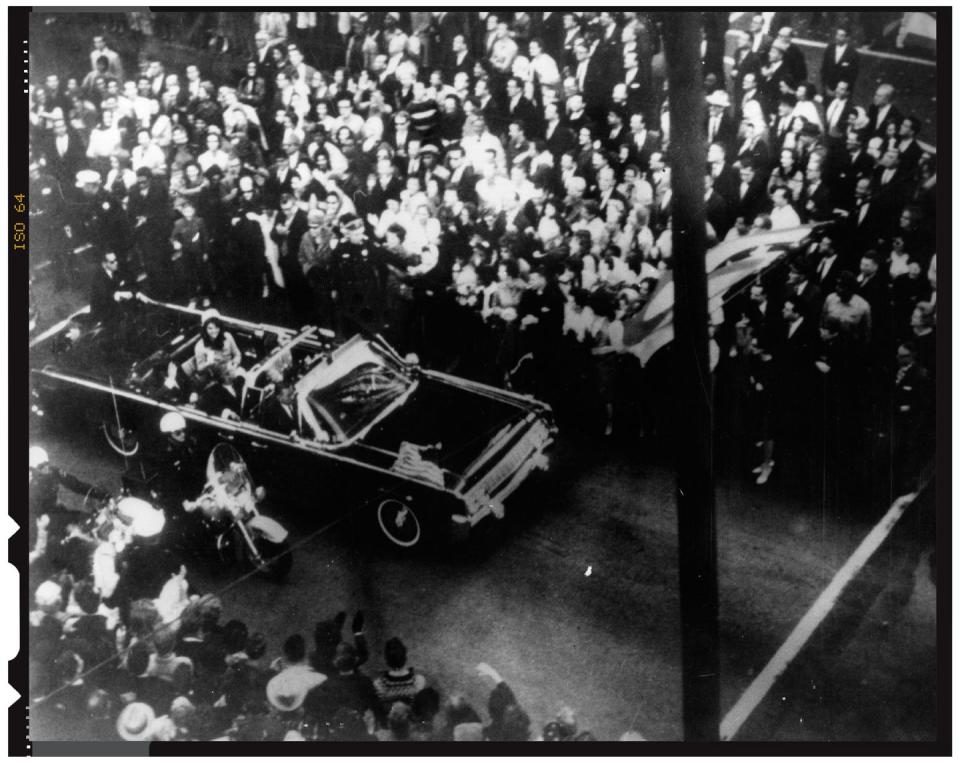
The Investigation
It’s easy to see why the Warren Commission Report created speculation instead of ending it. The official story was not the full story. With a presidential election coming up, President Lyndon B. Johnson wanted the book on Kennedy closed as quickly as possible and the Commission’s probe lasted only 10 months. Investigators failed, for example, to interview a number of eyewitnesses who’d been at Dealey Plaza on November 22.
And both the FBI and the CIA, in full ass-covering mode, actively misled and stonewalled the Commission. The FBI had been keeping an eye on Oswald for years and J. Edgar Hoover worried the Bureau would be blamed for not stopping the president’s killer. The CIA had compiled a file on Oswald too, plus had even darker secrets about Castro and the mafia to hide (more on that later).
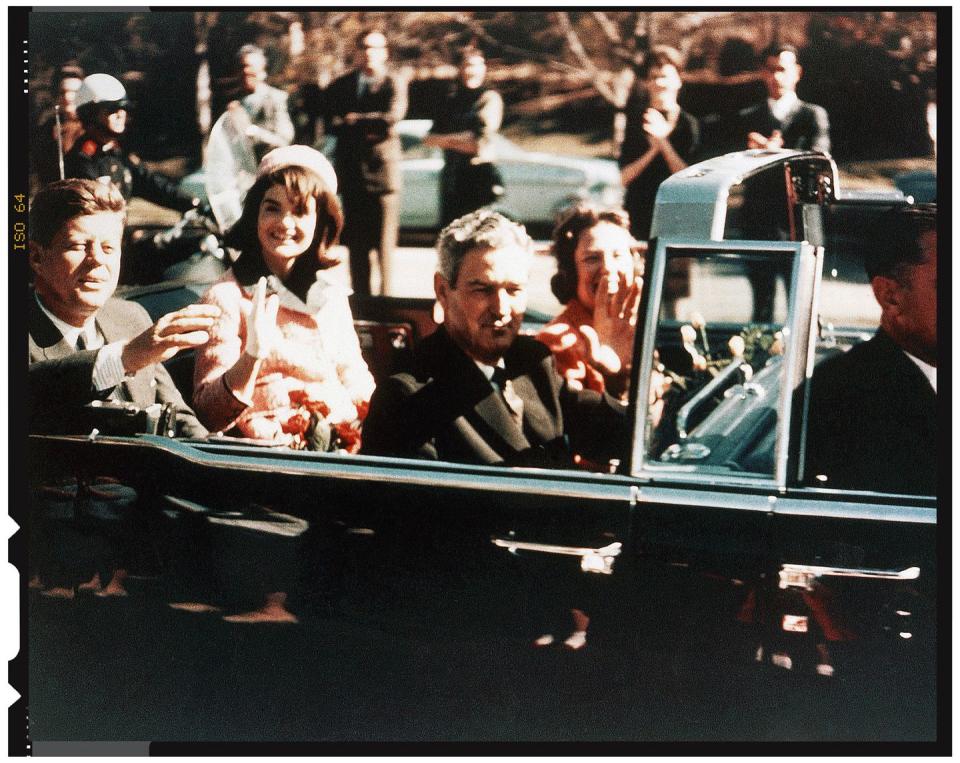
Meanwhile, Earl Warren, leader of the Commission and Chief Justice of the United States, was the only one to view the autopsy photos and X-rays. The schematics released with the report weren’t even based on the actual autopsy photos and contained errors.
Just in case all that wasn’t enough to stir suspicion? In 1966 it was discovered that President Kennedy’s brain, removed during the autopsy, had disappeared from the National Archives. That’s a fact! It's unclear why, but one theory suggests Robert Kennedy stole the brain to hide evidence of his brother’s health issues and the medications he’d been taking.
His Secret Life
JFK had myriad health problems and took a number of drugs to treat them. Not only did the president suffer from Addison’s disease, a rare and serious condition with symptoms such as fatigue, nausea, and mood changes, he also had digestive, anxiety, and sleep issues. His back pain, caused by a football injury when he was young and then aggravated when he served in the Pacific during WWII, was far worse than the public ever suspected.
To get through the day, and to maintain his all-important image of health and vigor, Kennedy relied on sheer force of will and an eye-popping variety of painkillers, steroids, hormones, sleeping pills, antibiotics, anti-spasmodics, and anti-anxiety medications.
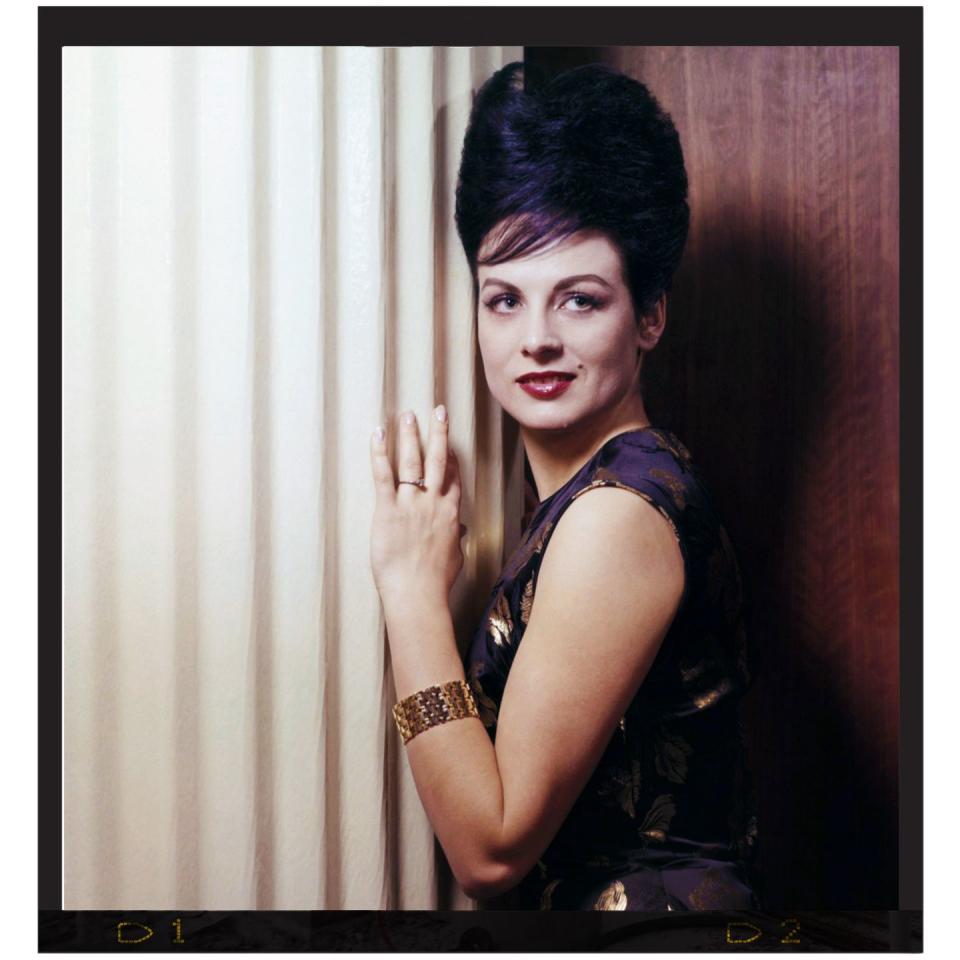
In addition to that (in addition to that!), Kennedy was also treated on a regular basis by Dr. “Miracle Max” Jacobson. Secret Service agents referred to Dr. Jacobson as “Dr. Feelgood,” and a few years after the assassination he’d be investigated (and eventually lose his license) for improper use of amphetamines.
In The Dark Side of Camelot (1997), Seymour Hersh pulls back the curtain on another of the president’s closely-guarded secrets: his sexual promiscuity.
Kennedy’s daily sessions at the White House pool (to ease the pain in his back, ostensibly), were opportunities to have sex with various women staffers. One regular in his rotation was a 19-year-old summer intern, Mimi Alford. Alford, who wrote an eloquent, evenhanded account of her affair with JFK, Once Upon a Secret (2011), had been a virgin when she started work in the press office. That state of affairs, thanks to the president, endured only four days.
Kennedy didn’t limit himself to staff. He also had women brought to the White House. These included un-vetted call girls, according to Hersh, one of whom turned out to be former East German communist named Ellen Rometsch. Kennedy was also having an affair at the time with Judith Campbell Exner. Frank Sinatra had introduced Exner to both Kennedy and another friend of his, Sam Giancana (more on him later).
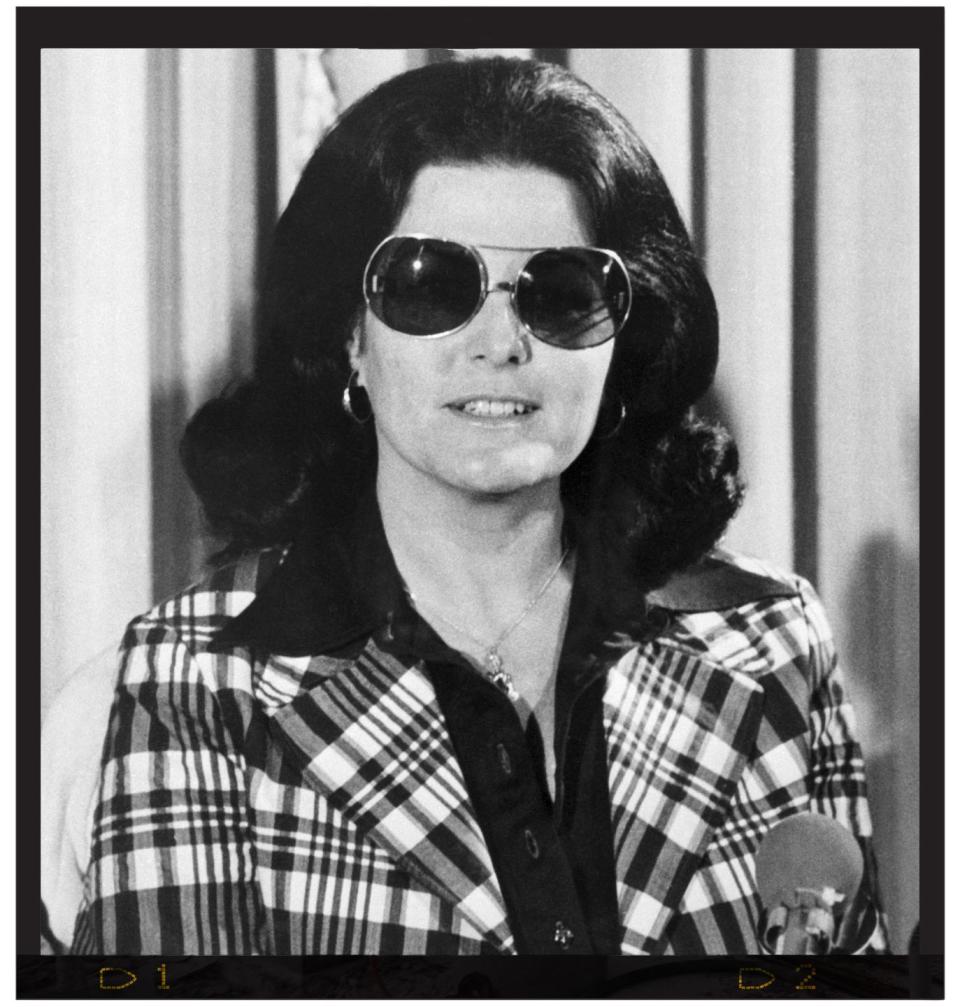
On the road, top aides kept Kennedy supplied with aspiring starlets, European socialites, and local sex workers. That put the Secret Service in a difficult bind, since JFK’s visitors were escorted directly into the presidential suite and never screened. “How in the hell do you know what’s going on?” a Secret Service agent told Hersh. “What if one bites him in a sensitive area?”
During a campaign trip to Southern California in September of 1963, JFK made a poolside grab for a woman’s ass and tore a back muscle. He was in so much pain that his doctors fitted him with a second, stiffer canvas brace to supplement the one he usually wore. In Dallas it was this new brace-not a poisoned dart from an umbrella, as one theory suggests-that kept Kennedy frozen upright after the first bullet hit him, a perfect target for the second, fatal shot.
Dallas
Dallas’s corporate and civic leaders cultivated an image of their city as modern and business-friendly. In fact, according to the excellent Dallas 1963 (2013), by Bill Minutaglio and Steven L. Davis, Dallas at the time of Kennedy’s visit was much more complicated than that.
In the 1950s and 1960s, the city served as the unofficial capital of right-wing extremism in the United States. The John Birch Society, with numerous chapters throughout the city, railed against communism, integration, Social Security, the progressive income tax, and fluoride in the water (hello, communist mind-control).
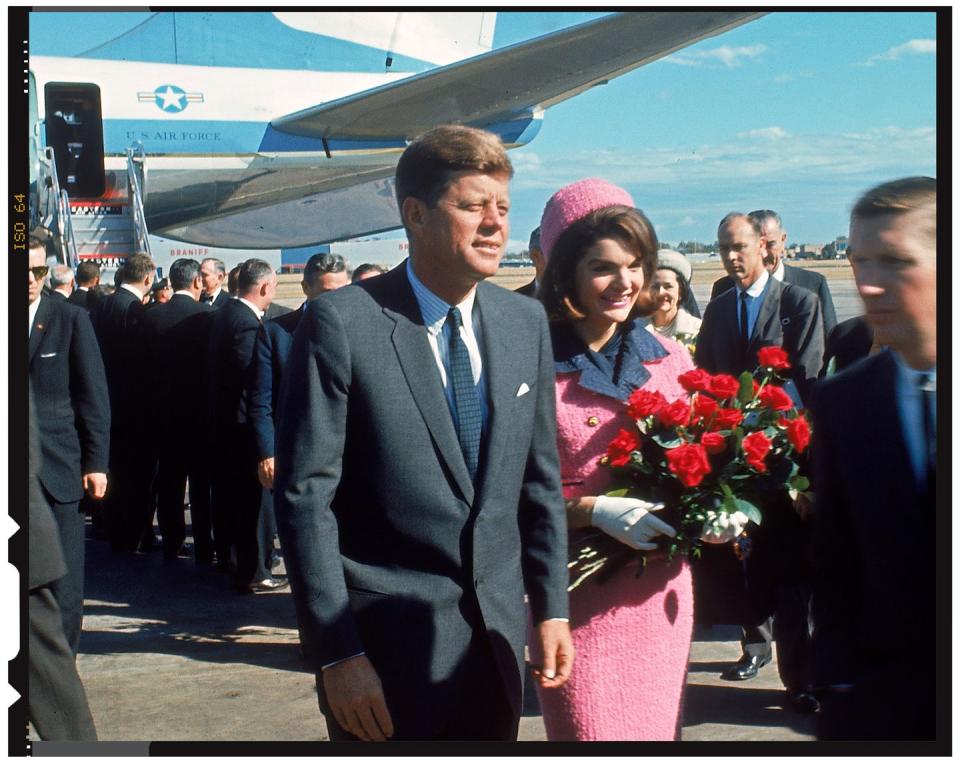
Several leading citizens fought against integration-Dallas was one of the most segregated cities in the country-and raised the alarm about “East Coast liberals, the big-city Catholics, and the government-loving socialists.” Ted Dealey, publisher of the Dallas Morning News, attacked Kennedy’s policies on the editorial page and broke decorum at a White House luncheon when he interrupted the president to read a nine-page statement.
And there was Edwin Walker, a general who’d been forced out of the Air Force because of his far-right political evangelizing. Walker, a John Bircher, made Dallas his headquarters and became an enormously popular anti-segregationist. In 1962 he was arrested for his role in the violent riots that tried to stop the first black student, James Meredith, from enrolling at the University of Mississippi.
Several Kennedy supporters in Dallas feared for the president’s safety and urged him to remove the city from his Texas itinerary. Not long before Kennedy arrived, flyers circulated that were designed to resemble Old West dead-or-alive posters. They declared JFK “Wanted for Treason,” with crimes that included “turning the sovereignty of the U.S. over to the communist controlled United Nations.”
Kennedy understood that Dallas was hostile territory, but he needed to win Texas again in 1964. On the morning of the assassination, he was both matter-of-fact about the risk he was taking and eerily prescient. “It would not be a very difficult job to shoot the president of the United States,” he said as he paced around his hotel room in Fort Worth. “All you’d have to do is get up in a high building with a high-powered rifle with a telescopic sight, and there’s nothing anybody could do.”
To the surprise of aides and press corps, Dallas gave John and Jackie Kennedy a noisy, adoring welcome. Huge crowds met Air Force One at Love Field and lined the motorcade route. As the presidential limo began to pass the School Book Depository, Nellie Connally, the Texas governor’s wife, turned in her seat. “Well, Mr. President,” she told Kennedy, “you can’t say that Dallas doesn’t love you.”
Suspects
Here’s a fact that caught my eye when I was doing my research: Lee Harvey Oswald’s signature is worth, today, more than JFK’s. That’s due in part to supply and demand (Kennedy signed a lot of letters and autographs), but it also reflects what an indelible part of our culture Oswald has become.
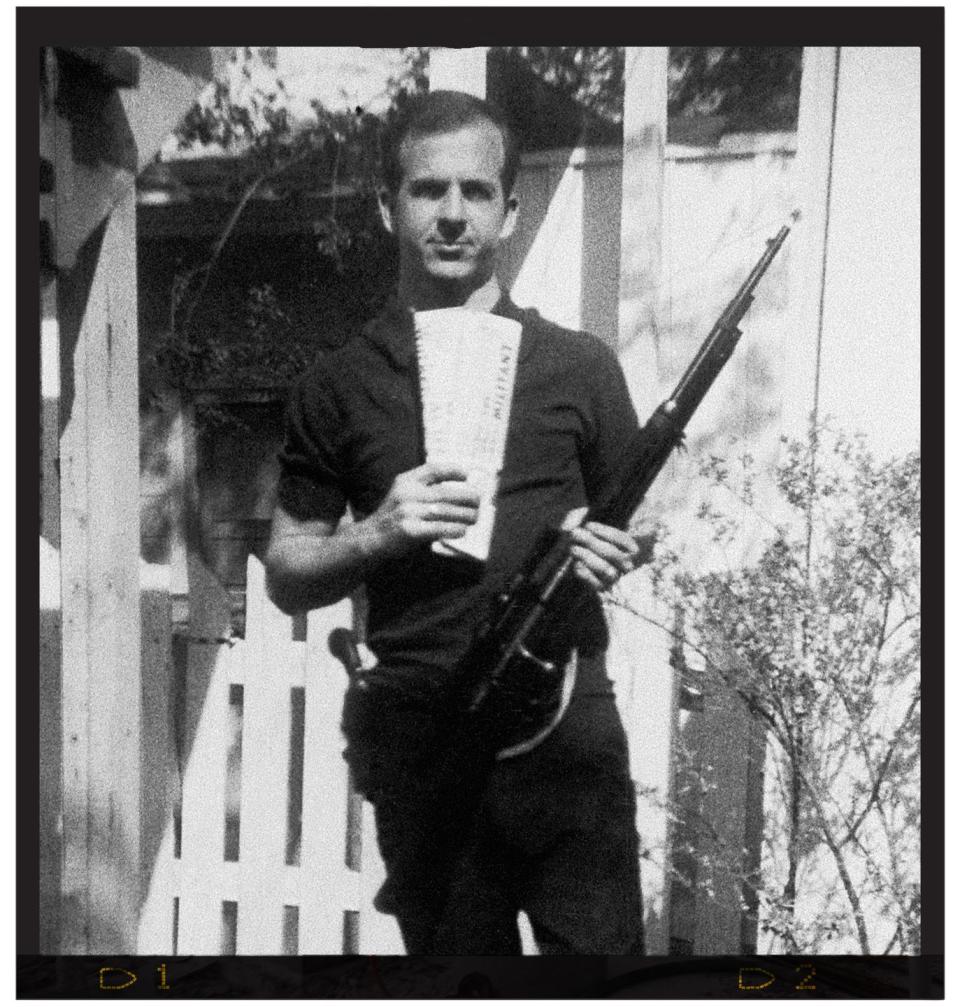
On Nov. 21, 1963, he was a 24-year-old nobody, an ex-Marine who’d been court-martialled twice, a defector to the Soviet Union who’d begged his way back to the United States, a pro-Castro Marxist who’d tried and failed to assassinate General Walker, a smug, friendless asshole who beat his wife and got fired from almost every job he ever had. Twenty-four hours later, on Nov. 22, everyone in the country knew his name.
Was that the point? To swing the spotlight onto someone like Oswald and away from the people in the shadows, away from the powerful players who were really responsible for what happened in Dallas?
As a novelist, I needed to find out if the conspiracy theories were plausible. Specifically, I wanted to know if-based on verifiable past performance-any of the suspects really had the means and the motive, the capability and willingness, to take out the president of the United States.
The KGB
Declassified CIA documents show that at the time of the assassination the KGB had a special department for what it called “liquid affairs.” The Directorate of Special Tasks was equipped with secret labs that developed explosives, weapons, and-the preferred method, since it could make the death look natural-poisons.
The Soviet history of political assassination actually began with a forerunner of the KGB, the People’s Commissariat for Internal Affairs. In 1940, a Spanish-born agent, Ramón Mercader, murdered Leon Trotsky with an ice axe in Mexico City. The Soviets denied any involvement, but, coincidentally, awarded Mercader the Order of Lenin. One detail of the whole sordid episode that really stuck with me: Mercader’s last words before he died in 1978. “I hear it always,” he reportedly. “I hear the scream. I know he’s waiting for me on the other side.”
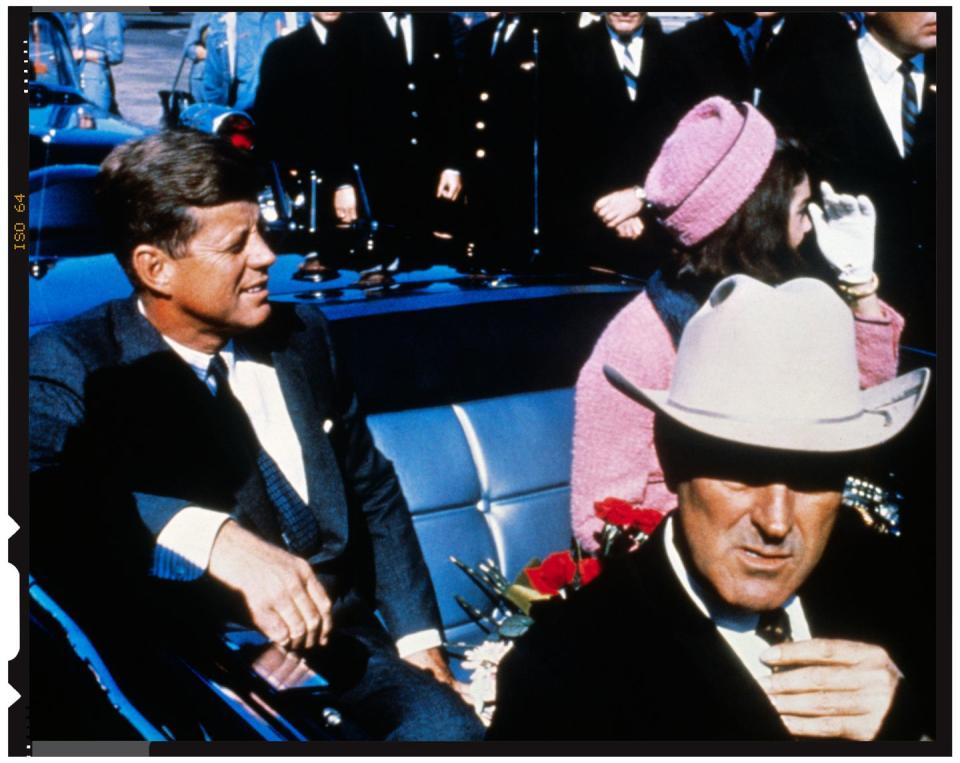
Stalin never managed to assassinate Josip Broz Tito, leader of Yugoslavia, but it wasn’t for lack of trying. The Soviets made at least twenty attempts on Tito’s life using a variety of guns, bombs, and poison gas. The KGB was more successful when it went after Lev Rebet and Stephan Bandera, two Ukrainian anti-communists. Both men were killed by a specially-made gun that sprayed cyanide gas.
Of course, I can’t say if the Soviets were involved in Kennedy’s death, but after doing some research that poison-dart-from-an-umbrella theory no longer seems like such a stretch.
The CIA
Meanwhile, back here in the United States, the CIA compiled a resume of dirty work that rivaled, or surpassed, the KGB’s. Between 1960 and 1963 the CIA had a hand in no fewer than three assassinations of world leaders: Patrice Lumumba, of the Democratic Republic of the Congo; General Rafael Trujillo Molina, of the Dominican Republic, and, just a few weeks before Kennedy’s trip to Dallas, Ngo Dinh Diem, president of the Republic of (South) Vietnam.
Diem’s death was, some historians argue, an early step on the path toward disaster for the United States. Ho Chi Minh, president of North Vietnam, thought so at the time. “I can scarcely believe,” he said when he found out about the assassination, “the Americans would be so stupid.”
The CIA is most notorious, of course, for its failure to take down a foreign leader: Fidel Castro. Some of the schemes designed to kill the Cuban prime minister never made it past the planning stage-a colorful seashell rigged with explosives, for example, that was designed to entice Castro when he went snorkeling.
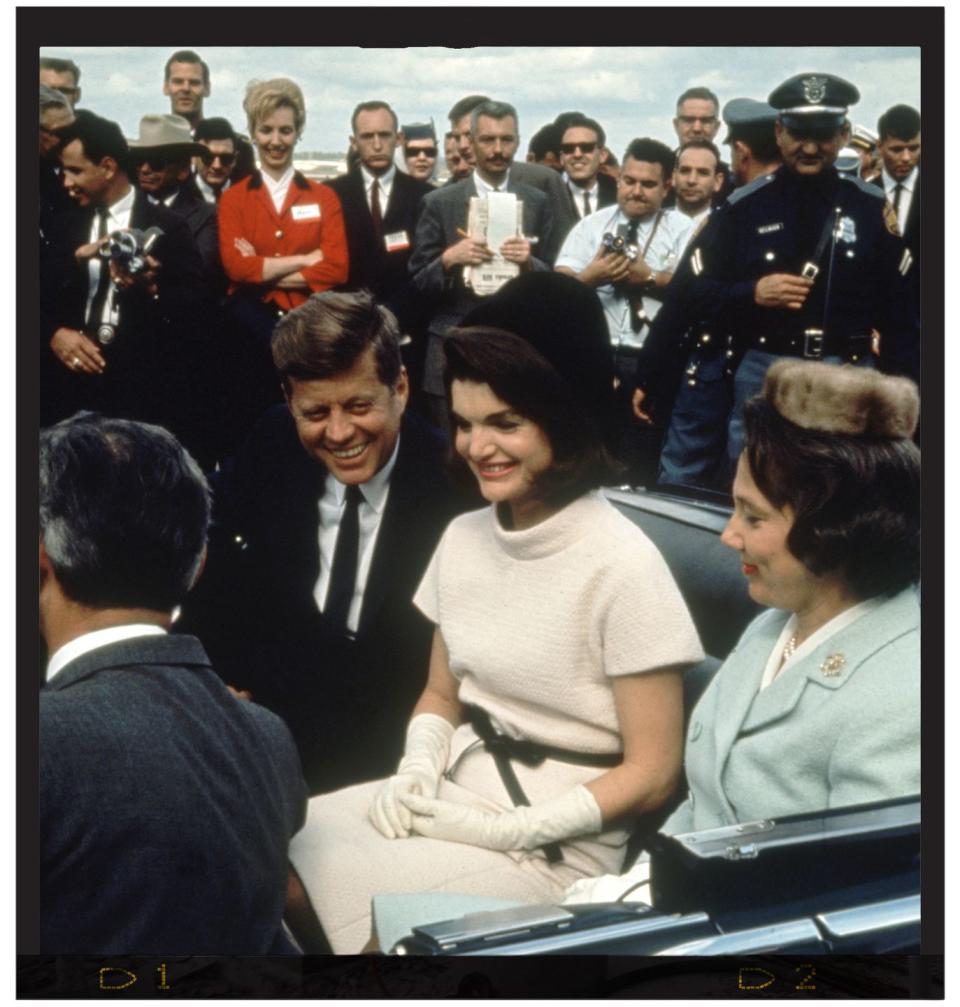
Other assassination plans were implemented but went awry. A mistress, recruited by the agency to slip botulinum toxin capsules in Castro’s drink, lost her nerve at the last minute. That didn’t matter, in the end, since the pills, hidden in a jar of face cream, had dissolved.
More intriguing, in the context of the Kennedy assassination, is how the CIA enlisted the Mafia in its efforts to get rid of Castro. Both Sam Giancana, the mob boss in Chicago, and Santos Trafficante, who’d run the gambling operation in Havana before the revolution, wanted Castro out.
Working through various cut-outs, the CIA had Giancana, Trafficante, and Giancana’s associate “Handsome Johnny” Rosselli line up a hit squad in Cuba. The plan: take out Castro during the Bay of Pigs invasion. That didn’t happen, of course, and the invasion was an unmitigated disaster.
Sam Giancana
Giancana shared with Kennedy both a mutual friend (Frank Sinatra) and a mistress (remember Judith Campbell Exner?). More importantly, Giancana had played a crucial role in the 1960 presidential election: he provided cash from the corrupt Teamsters Union pension fund that helped Kennedy win such states as Illinois and West Virginia.
Needless to say, Giancana likely expected a return on his investment. Instead, the Justice Department and new attorney general Robert Kennedy cracked down on organized crime. Giancana was furious, according to several accounts. So was Jimmy Hoffa, president of the Teamsters, who liked Nixon and hated Kennedy.
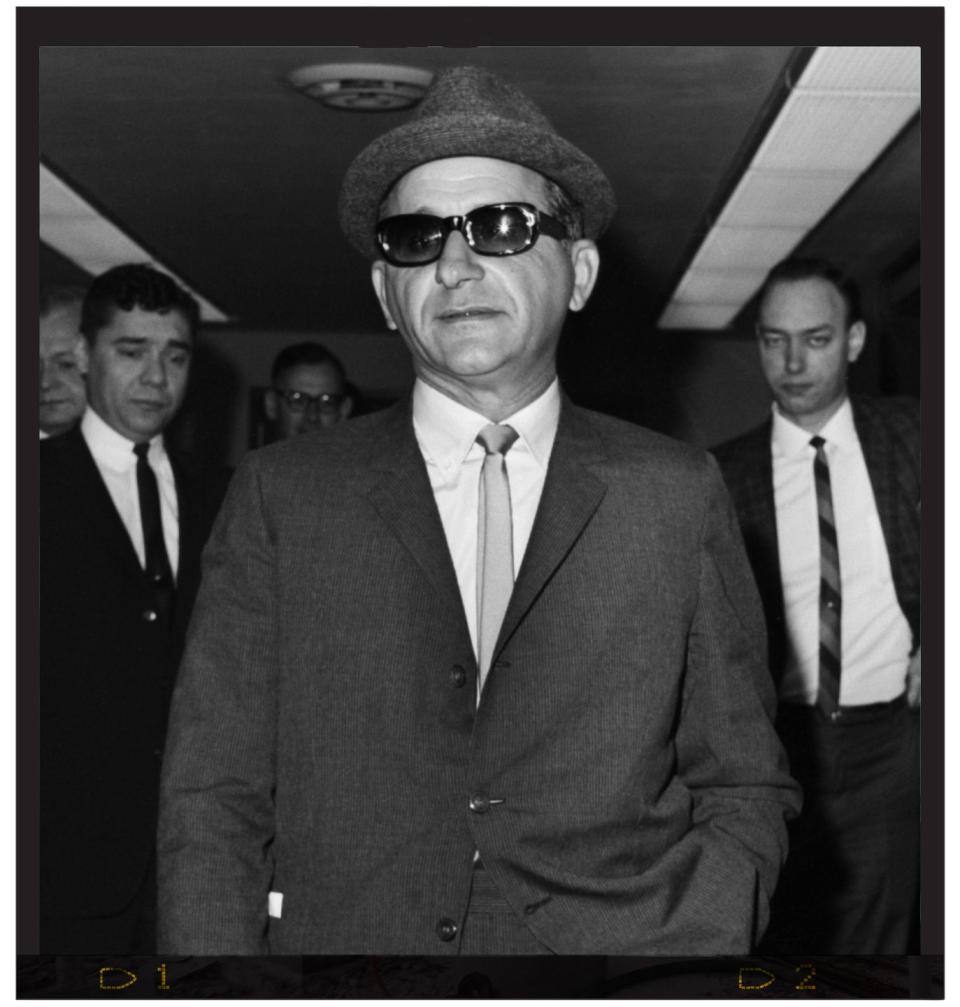
One conspiracy theory suggests that Giancana killed JFK in exchange for continued access to Hoffa’s billion-dollar pension fund. A related theory claims that the the Storm Drain Sniper in Dealey Plaza was none other than Giancana’s partner in the Cuba-CIA adventures, “Handsome Johnny” Rosselli.
We’ll never know for sure, since Giancana, Hoffa, and Rosselli all died early or suspiciously.
Giancana was shot in the back of the head in his own basement kitchen, not long before he was scheduled to testify before a Senate committee investigating CIA involvement with the Mafia.
Rosselli, a flashy dresser and smooth operator who carried a business card that said only, “Strategist,” did manage to meet in secret with members of the Senate Intelligence Committee. He wasn’t worried about the repercussions. “Who’d want to kill an old man like me?” the 70-year-old Rosselli said. Three weeks later his body, in a 55-gallon oil drum, was fished out of Dumfoundling Bay in southern Florida.
Hoffa, who spent four years in prison for jury-tampering and fraud (he was eventually pardoned by his old buddy Richard Nixon), disappeared two weeks after federal investigators discovered hundreds of millions of dollars missing from the Teamsters pension fund. His body has never been found.
Carlos Marcello
This brings us to Carlos Marcello in New Orleans. Unlike Giancana and Rosselli-and other criminal contemporaries such as Vito Genovese, Carlo Gambino, and Lucky Luciano-Marcello strictly maintained a low profile. Few Americans at the time would have ever guessed that he was the richest, most powerful, most dangerous mob boss in the country. According to Genovese, no other gangster could enter Marcello’s territory without his permission. This included Genovese himself, head of the Genovese crime family in New York and considered “the Boss of Bosses.”
One of the difficulties in writing a novel set during this era: there are almost too many colorful characters from which to choose. Carlos Marcello, born to Sicilian parents in Tunisia, is head of the class. Nicknamed “the Little Big Man” because he was barely five-feet tall, Marcello loved to eat and could put away more food than someone twice his size. He had a special affinity for acrobats, flamenco dancers, and black culture. As a young man he’d done time with the blues singer Leadbelly at the Lousisiana State Prison in Angola, and later he used his jukebox racket to help spread the blues across the South.
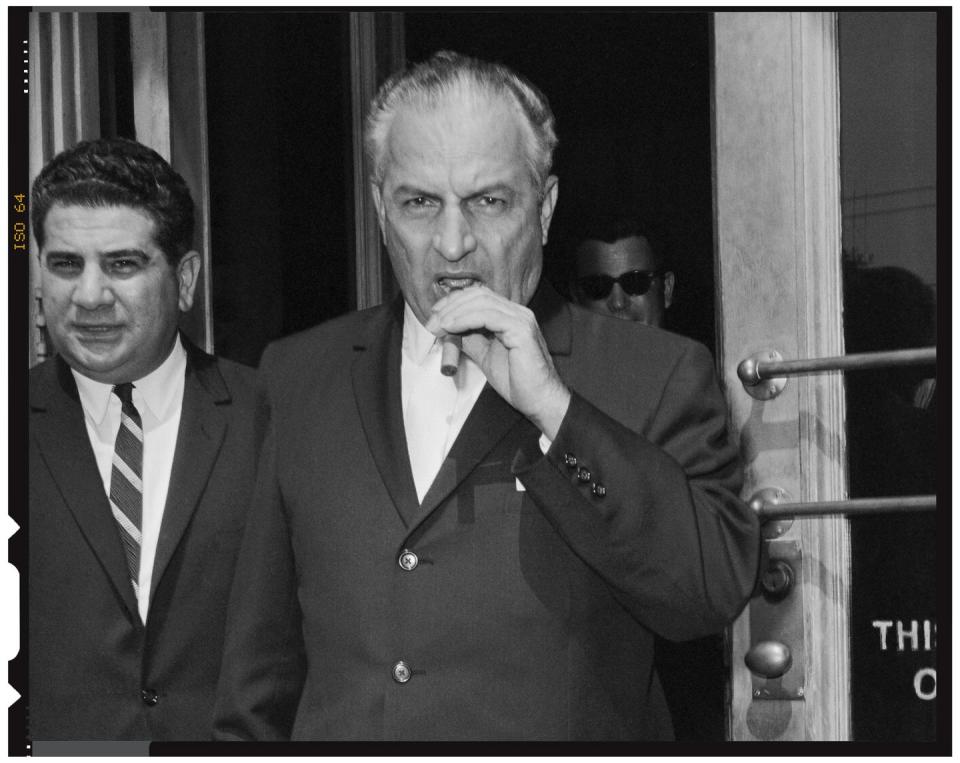
Marcello’s grudge against the Kennedy brothers was legendary. In 1959, he was ordered to appear before a Senate committee investigating organized crime and labor. The chief counsel was Robert Kennedy and one of the committee members was Senator John Kennedy. Marcello, who pled the Fifth Amendment, felt humiliated.
The Kennedys twisted the knife a couple of years later. Marcello, who had never become an American citizen, was using a fraudulent Guatemalan passport. So Robert Kennedy, now Attorney General, had Marcello deported to Guatemala in handcuffs with no notice, no hearing.
My favorite source on Marcello is the hugely entertaining memoir Mr. New Orleans: The Life of a Big Easy Underworld Legend, written by Frenchy Brouillette with Matthew Randazzo. Brouillette, a long-time friend and occasional employee of Marcello’s, tells how Marcello was dumped in the Central American jungle without even a change of clothes. It took him weeks to make his way to El Salvador and catch an illegal flight back to the United States.
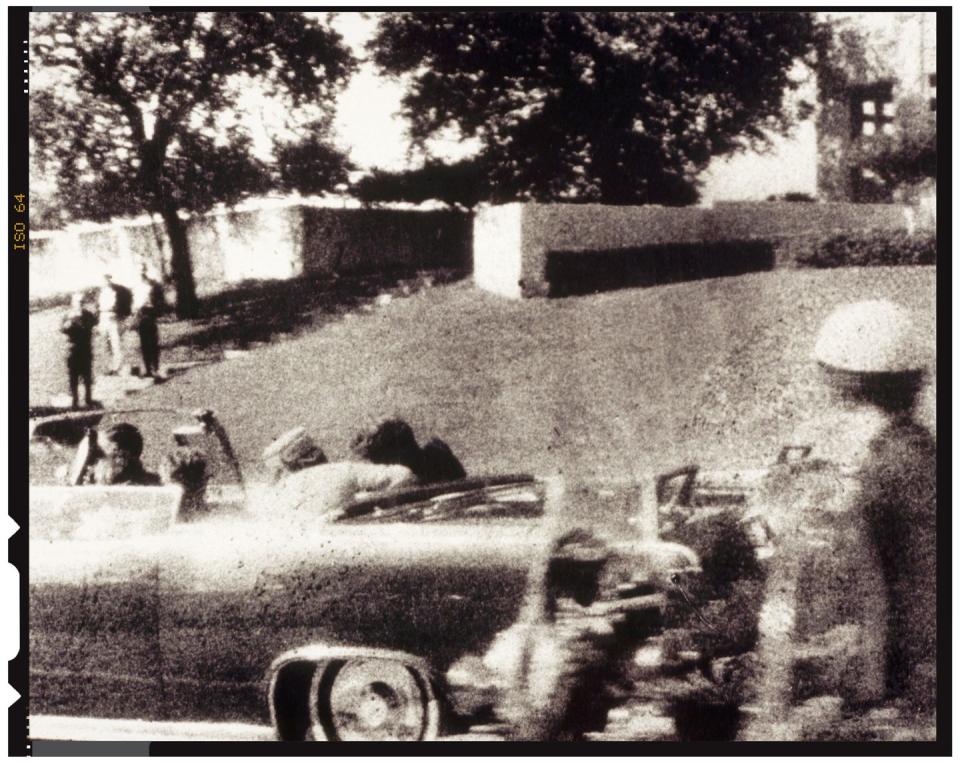
But Marcello did make it back-alive, well, and now, as Brouillette explains, “maniacally enraged.”
Marcello, who had a sign in his office that said “Three Can Keep a Secret if Two Are Dead,” died of natural causes at the ripe old age of 83.
A good rule of thumb for a novelist is this: for every cup of research, put only half a teaspoon in the book. That was my plan when I started exploring the era I wanted to write about, and it’s true that anyone who reads November Road will find very little of the facts I’ve included here. But my perspective on my novel was profoundly altered by the discovery of all those secret government schemes and cover-ups, of organized crime woven tightly into the very fabric of American politics, of so many astoundingly colorful characters and a president who was so reckless in his personal life. I opened the door to that world, walked through, and never looked back.
('You Might Also Like',)

